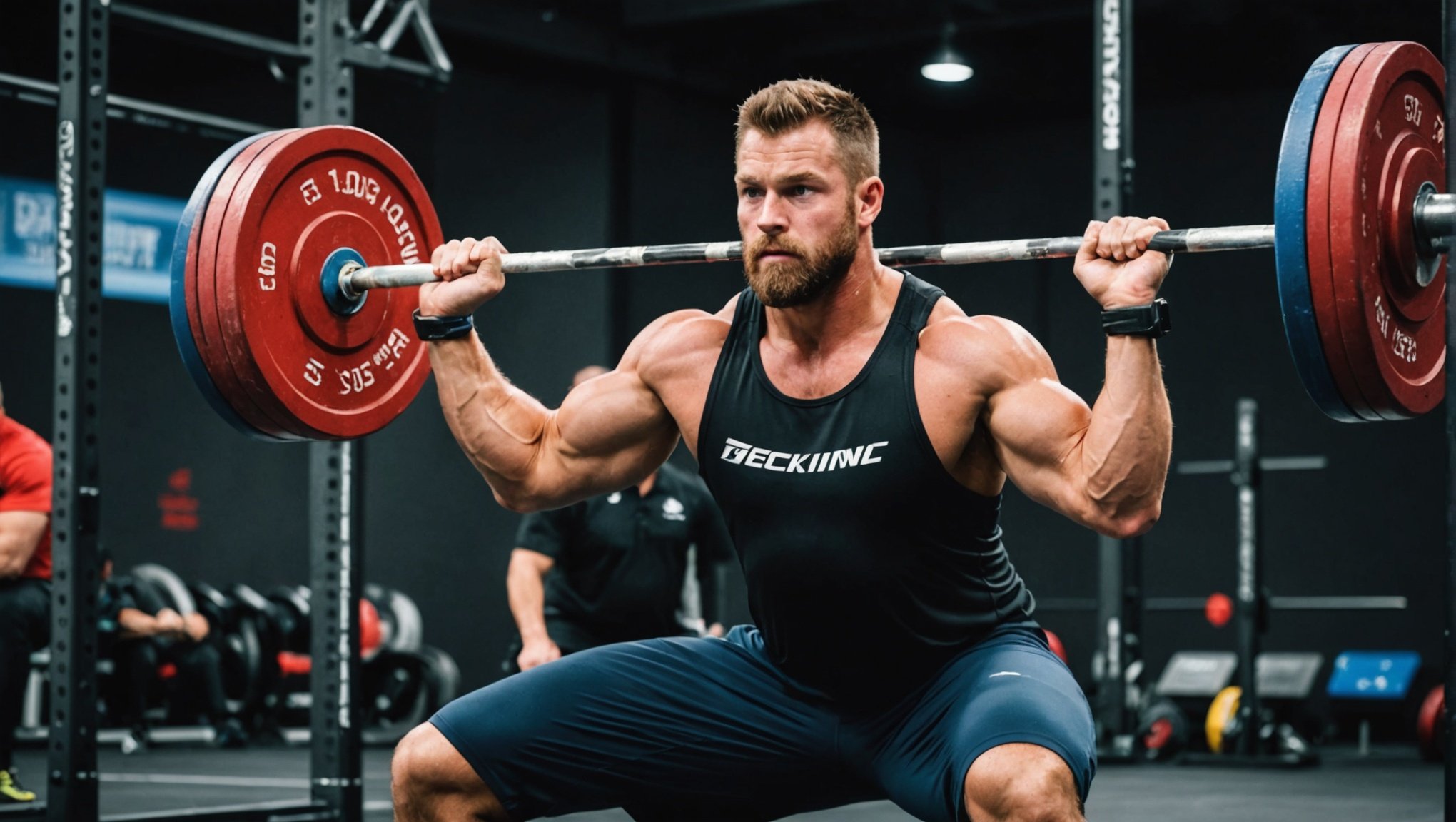Unlocking peak performance rests on more than just physical strength. Visualization techniques empower weightlifters to enhance focus, boost confidence, and improve technique. By mentally rehearsing lifts, athletes can rewire their brains for success, translating vision into reality. This powerful practice taps into the mind's potential, offering a competitive edge. Explore the science behind visualization and discover strategies to integrate this technique into your training regimen for optimal results.
Understanding Visualization Techniques
Visualization techniques are mental exercises that athletes use to enhance their performance by imagining themselves executing specific skills or achieving goals. This form of mental training is crucial in sports, as it allows athletes to mentally prepare for competitions and refine their skills without physical exertion. By vividly picturing success, athletes can boost their confidence and focus, which are vital components of performance.
In parallel : Unlocking Precision: Utilizing Sports Science to Enhance Golf Shot Accuracy
The impact of visualization on performance outcomes is significant. Through consistent practice, athletes can improve their reaction times, decision-making abilities, and overall mental resilience. This method of mental training helps in reducing anxiety and enhancing motivation, leading to better performance during actual competitions.
At the core of visualization techniques are key psychological principles such as imagery and mental rehearsal. These principles involve creating a detailed mental image of the desired outcome, engaging all senses, and rehearsing the success mentally. This practice strengthens neural pathways, making physical execution more fluid and automatic. Understanding these principles is essential for athletes aiming to leverage their mental game to achieve peak performance.
Additional reading : Top tests to choose the best running and trail shoes for you
Types of Visualization Techniques
Understanding different types of visualization techniques is crucial for athletes aiming to enhance their performance. These methods, including imagery techniques and mental rehearsal, allow athletes to mentally simulate their actions, leading to improved focus and confidence.
Guided Imagery
Guided imagery involves listening to a guide who helps the athlete create vivid mental pictures of their performance. This method can be particularly beneficial in weightlifting, where athletes visualize the successful completion of lifts. By engaging in guided imagery, athletes can improve their concentration and reduce anxiety, making their movements more precise and controlled.
Outcome Visualization
Outcome visualization focuses on imagining the end result of a successful performance. Weightlifters might visualize themselves standing on the podium with a gold medal. This technique enhances motivation and commitment, as it reinforces the athlete's goals and aspirations. By consistently picturing success, athletes can strengthen their resolve and drive.
Process Visualization
In process visualization, athletes focus on the specific steps and movements required in their sport. For weightlifters, this means visualizing each phase of a lift, from setup to execution. This technique helps in refining technique and ensuring that every movement is deliberate and efficient, reducing the likelihood of errors during actual performance.
Scientific Evidence Supporting Visualization
The realm of performance psychology has extensively explored the benefits of visualization in sports. Numerous visualization research studies have demonstrated its profound impact on athletic performance. For instance, research indicates that athletes who incorporate visualization into their training routines often experience enhanced muscle memory and coordination. This is because visualization activates similar neural pathways as physical practice, reinforcing the connection between the mind and body.
In terms of neurological effects, visualization helps in refining motor skills by strengthening synaptic connections. This process aids athletes in achieving more precise and fluid movements, translating to improved performance during competitions. The evidence-based techniques employed in visualization make it a reliable method for enhancing athletic capabilities without the risk of physical strain.
Sports psychologists and trainers frequently advocate for visualization as a tool for success. Testimonials often highlight its effectiveness in boosting confidence and focus, crucial elements for peak performance. These professionals underscore the importance of visualization in preparing athletes mentally, ensuring they are ready to face the challenges of competition with enhanced mental resilience and strategic insight.
Practical Exercises for Weightlifters
To fully harness the power of visualization exercises in weightlifting, athletes can incorporate specific training techniques tailored to their routines. These exercises serve as a bridge between mental preparation and physical performance, enhancing overall capabilities.
Step-by-Step Guide to Implementing Visualization
Begin by selecting a quiet environment free from distractions. Close your eyes and visualize the entire lift, from setup to execution. Engage all senses: feel the grip of the bar, hear your breath, and see the weights rise. This immersive experience strengthens the mind-body connection, crucial for performance enhancement.
Visualization Drills for Weightlifting Techniques
Focus on specific lifts like the clean and jerk or snatch. For each, visualize every phase: the initial pull, transition, and final lockout. Rehearse these steps repeatedly, ensuring each movement is precise and controlled. This mental rehearsal complements physical training, refining technique and boosting confidence.
Tips for Creating a Personalized Visualization Routine
Tailor your visualization exercises to suit your goals. Set aside time daily for these mental practices. Consider recording your sessions to track progress. Adjust your routine based on feedback and results, ensuring continuous improvement and optimal performance enhancement.
Common Pitfalls and How to Avoid Them
While visualization is a powerful tool, athletes often encounter visualization challenges that can hinder its effectiveness. One common mistake is a lack of vividness in mental images, which can limit the benefits of the practice. To overcome this, athletes should engage all senses, creating a more immersive experience that mirrors actual performance.
Mental barriers such as doubt and negativity can also impede progress. Athletes might struggle with believing in their visualizations, leading to reduced confidence. To combat this, it's crucial to maintain a positive mindset and focus on successful outcomes. Incorporating affirmations and positive self-talk can reinforce belief in one's abilities.
Performance anxiety is another hurdle that can disrupt visualization efforts. When athletes feel anxious, their mental images can become distorted, affecting their focus and execution. Techniques such as deep breathing and mindfulness can help alleviate anxiety, allowing for clearer and more effective visualization.
Consistency is key. Visualization should be integrated with physical training, ensuring it's a regular part of an athlete's routine. By addressing these challenges, athletes can enhance the effectiveness of their visualization practices, ultimately leading to improved performance.













